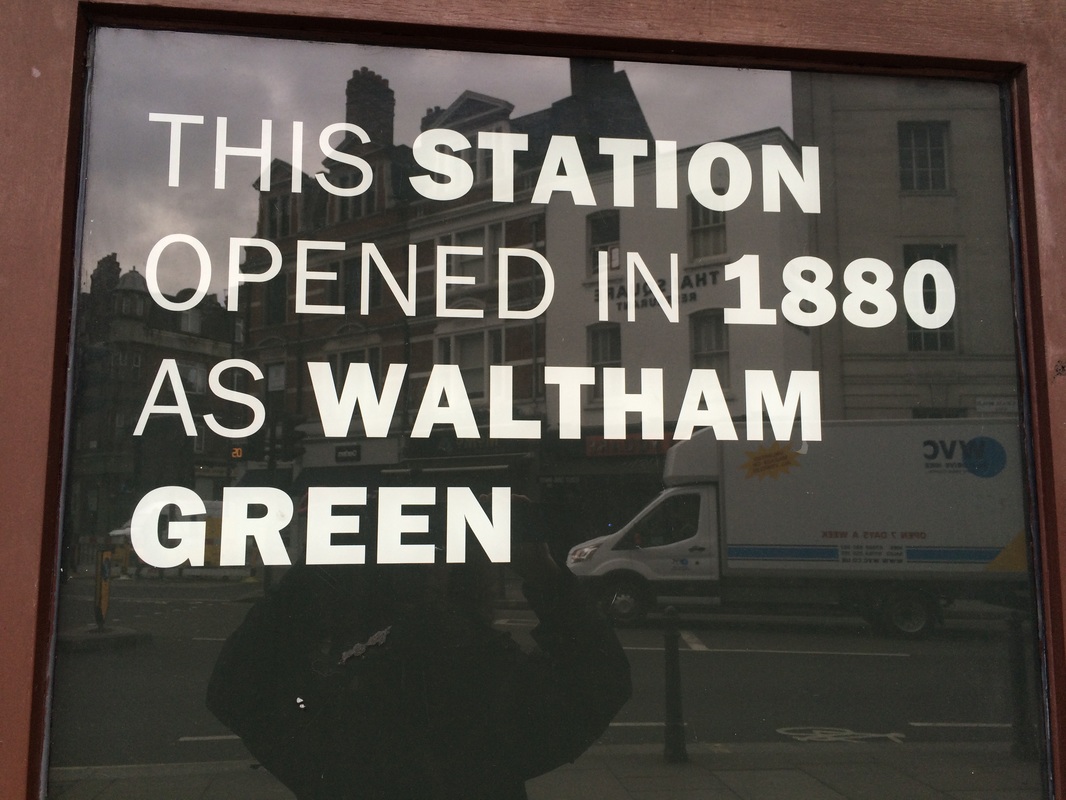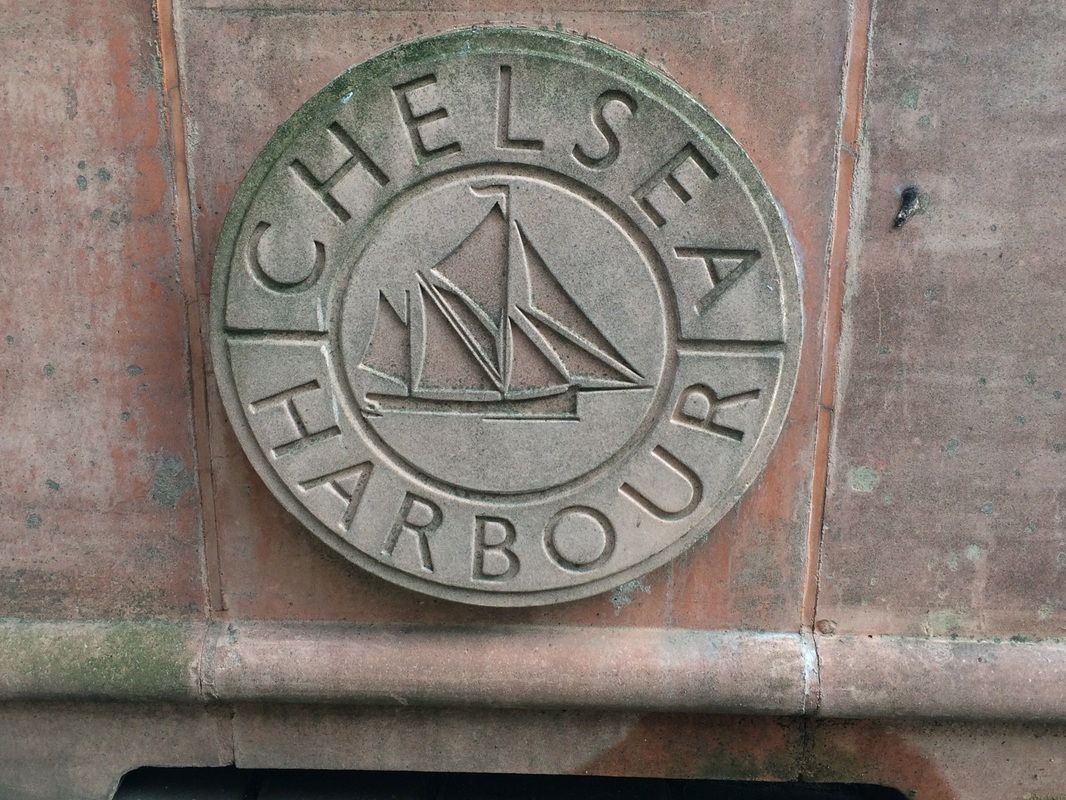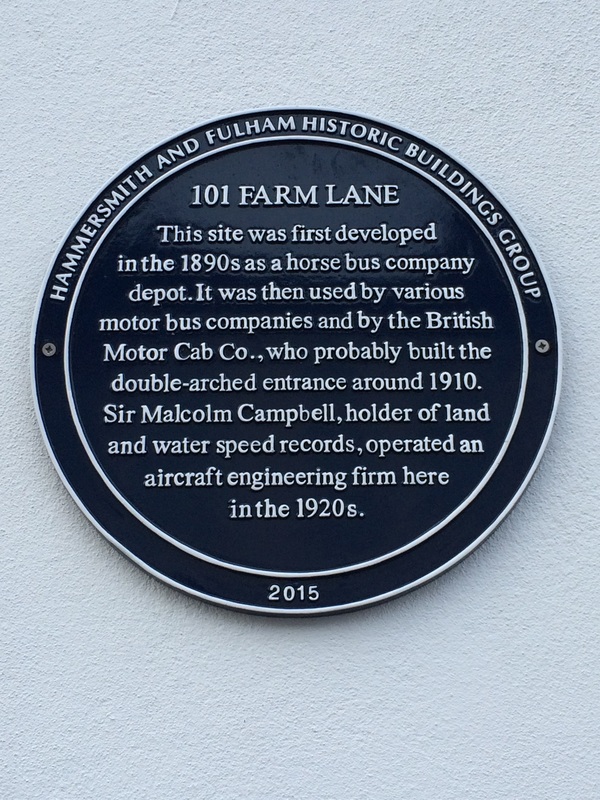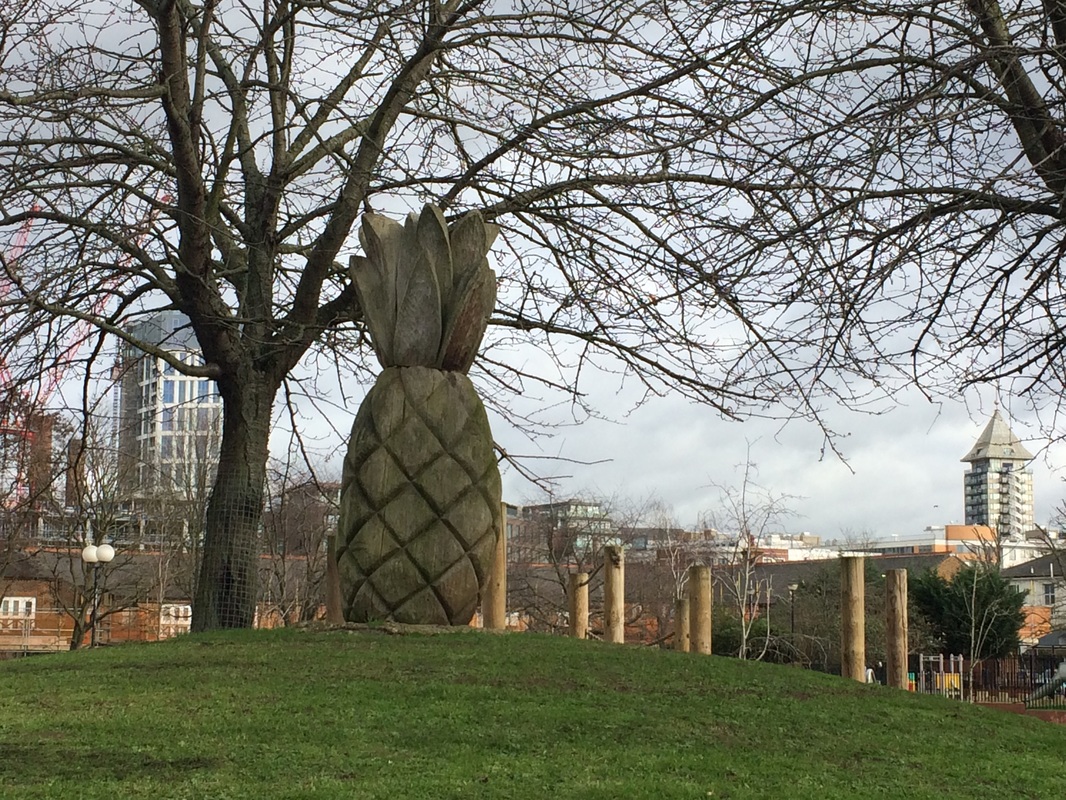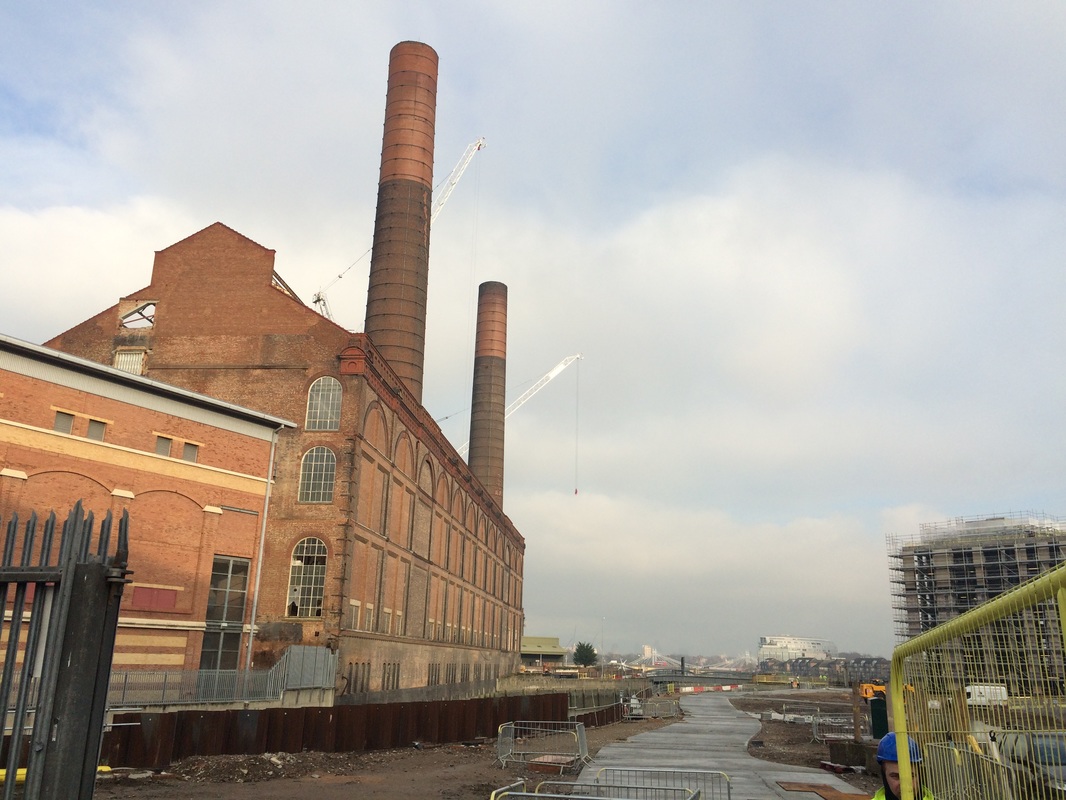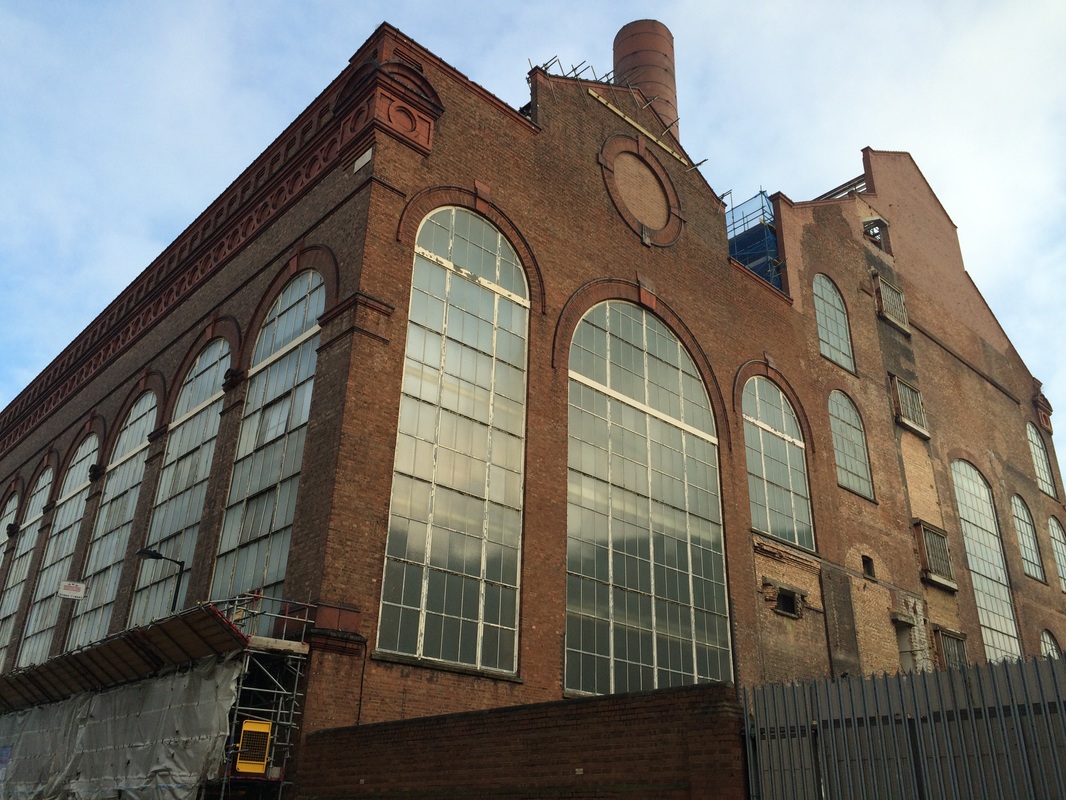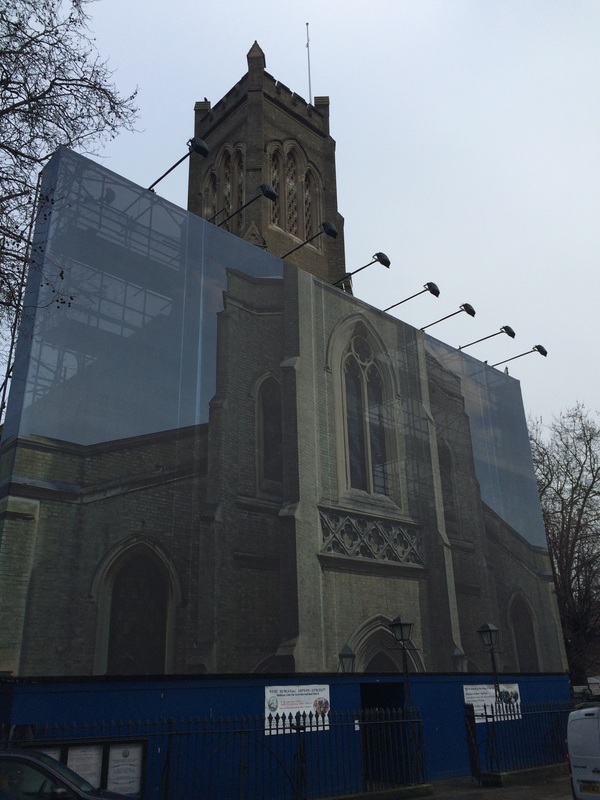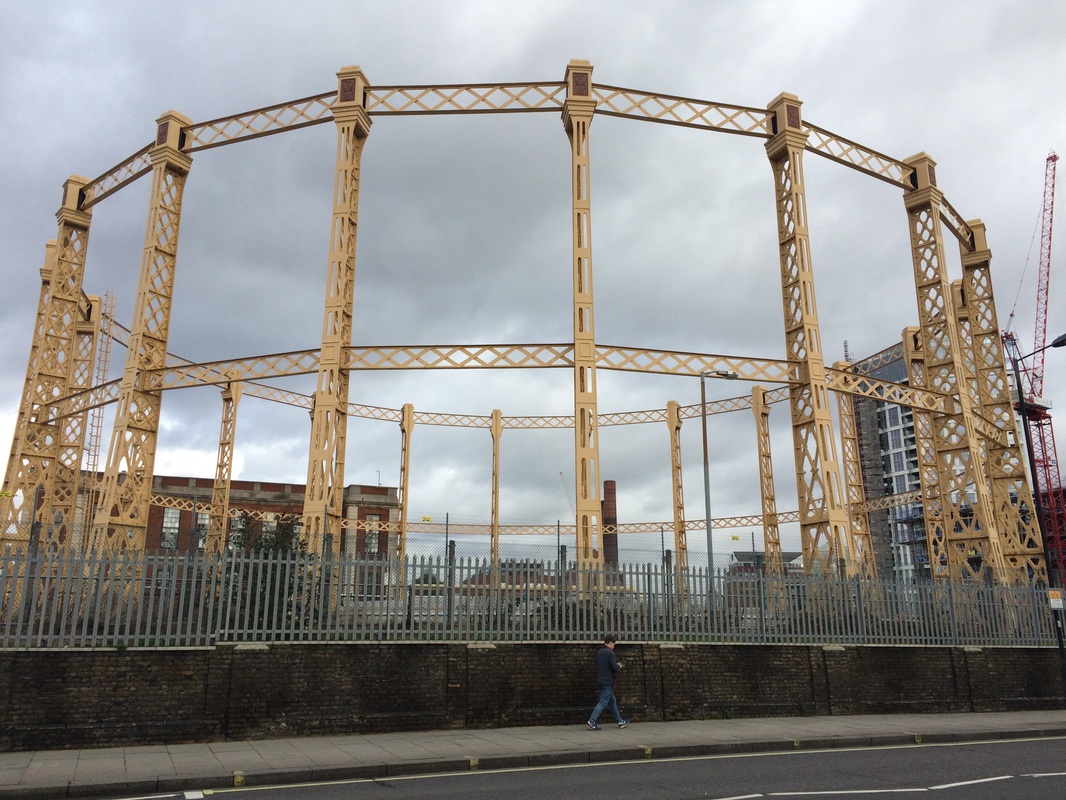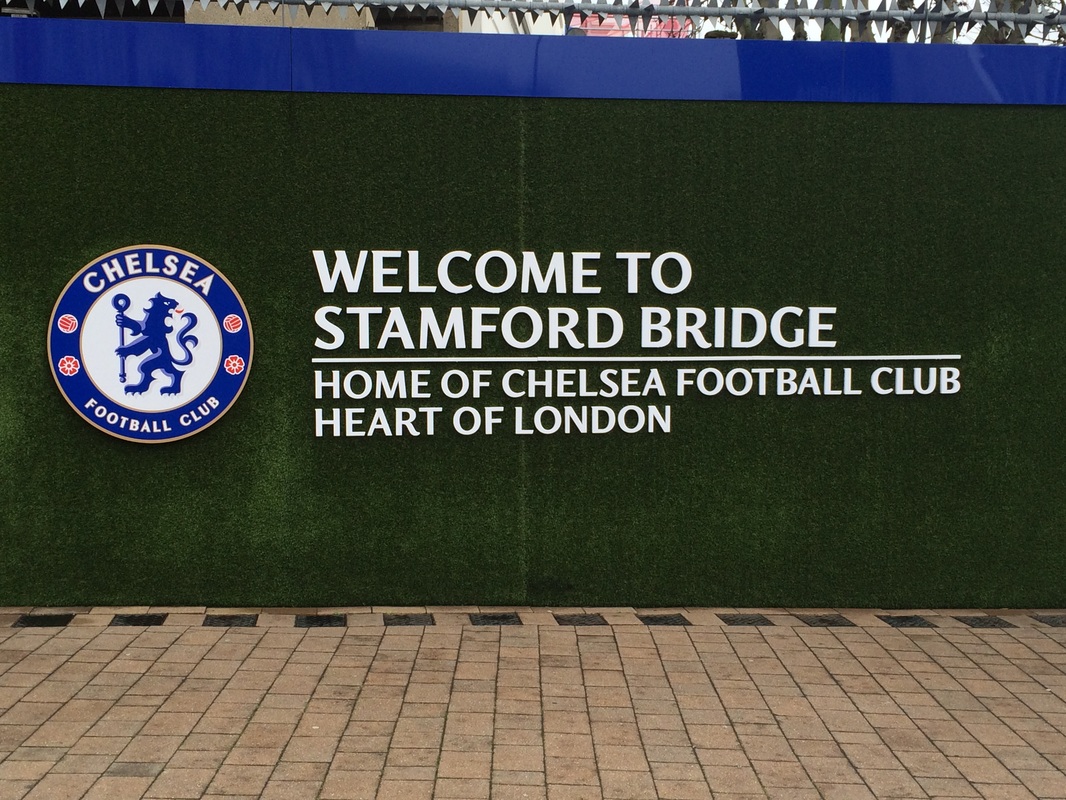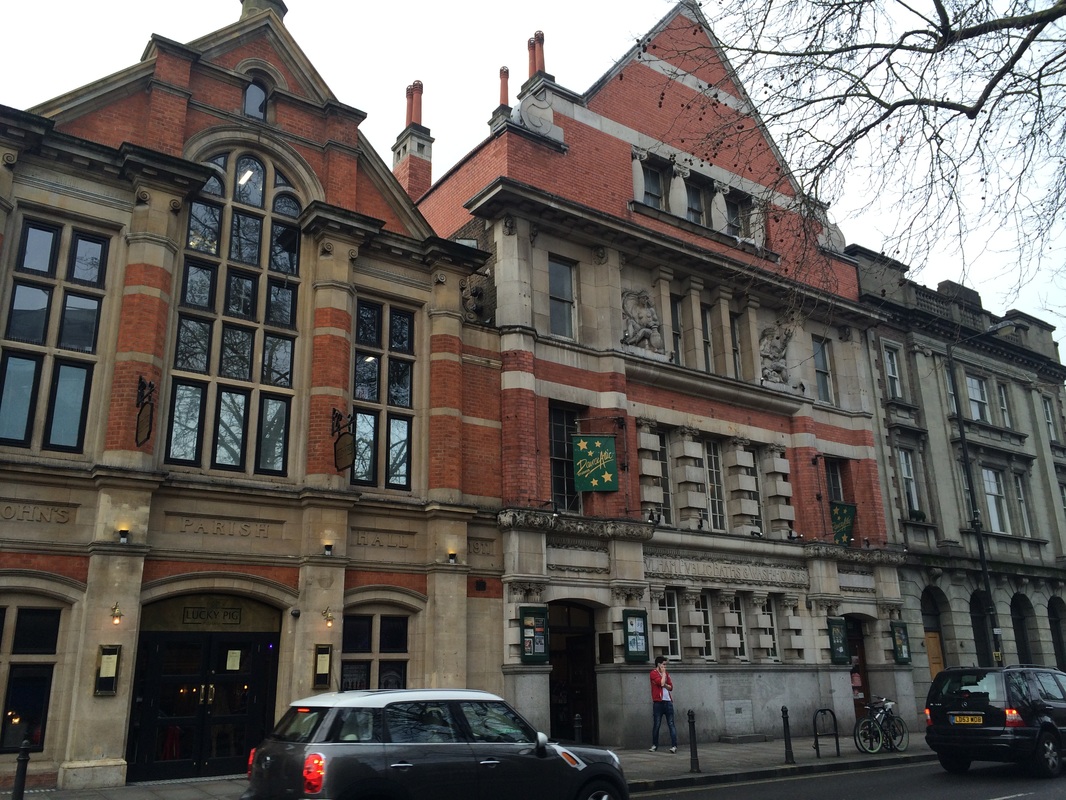|
Did you know?
The sports ground near Stamford Bridge stadium played host to the first ever amateur boxing matches in 1867. |
|
Fulham is a large, inner-London area. It has gone through many transformations in its history. Archaeologists have discovered that 5,000 years ago, Neolithic people lived here. Also, they have found where Roman settlements from the 3rd and 4th centurys AD were situated.
In 879 Danish invaders stayed in Fulham as they sailed up the Thames. During the 18th century, Fulham became known for debauchery - a retreat for gambling and prostitution for the wealth of London. For the first half of the 20th century, Fulham remained a working class area. However, following much restoration work the area today has become one of the most expensive parts of London. |
Did you know? When Halford Board School opened in 1880s, each child paid 1 penny a week to attend. This was a lot of money to the poorer families. |
We meet at Fulham Broadway Station and relax over a coffee to introuduce ourselves. Then we begin our short walk.
On route we see:
|
History notes will be given to you at the end.
|
Did you know?
By the middle of the 19th century Imperial Gas Works was London’s leading gas company. |
